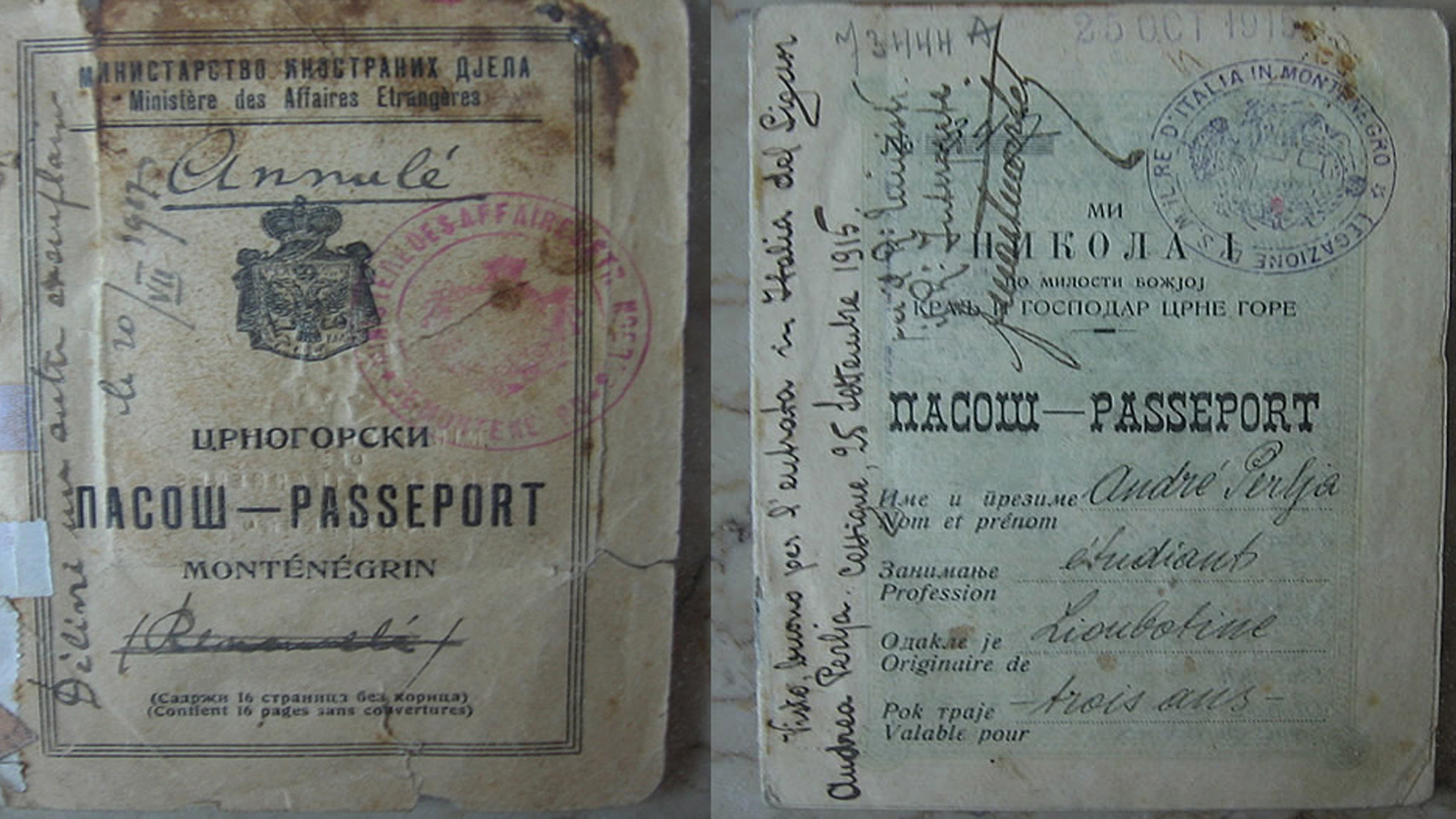During the 6th century AD the Illyrians were known to live near the Skadar lake on the border of Albania and Montenegro. Illyrians were people from Ancient Greece and they inhabited the area long before the Slavic people arrived there. The Romans conquered the Illyrian Kingdom and eventually dissolved the kingdom and formed two new provinces; Pannonia in the north and Dalmatia in the South. The area, which today is Montenegro, fell under the province of Dalmatia.
As the Roman powers started to decline this part of the Dalmatian coast was often invaded by nomadic invaders. These invaders were ousted by the Slavs who by the middle of the 7th century were firmly established in Dalmatia. Slavic people or Slavs include all the people who speak Slavic languages. Of these the largest group is the Russians followed by the Poles and the Ukrainians. (Today Montenegrins are one of the smallest groups of Slavic people.) The Slavs living in the area formed the Principality of Doclea which by the 9th century was known as the dukedom of Duklja.
In 1042 Stefan Vojislav liberated Duklja and formerly established the Vojislavljević dynasty. By the 13th century the area was no longer referred to as Duklja and was instead referred to as Zeta. This southern part of Montenegro changed hands several times being ruled by the Balšić noble family and thereafter the Crnojević noble family. It was in the 15th century that Zeta started being referred to as Crna Gora which in Venetian was Monte Negro – the words being joined in some texts as Crnagora and Montenegro. Portions of Montenegro were also under the control of the Ottoman Empire. From 1515 until 1851 the prince-bishops of Cetinje ruled the area. Thereafter the House of Petrović-Njegoš were the rulers.
The first mention of a passport were merely letters allowing the travelers safe passage through the city gates or requesting the king or a governor of a province to offer safe passage to a particular traveler. The first known passport to be issued in Montenegro was in the 18th century. Petar II Petrović-Njegoš granted a special Montenegrin Bill of Passage on which he would write Montenegrin to indicate the person’s country of birth. This document was later given the formal name of a Montenegrin Passport.
Prince Danilo I Petrović-Njegoš further expanded this document by including a physical description and the person’s religious affiliation. These passports were again changed by Nikola I Petrović-Njegoš and apparently did not contain any reference to the person’s nationality.
Today Montenegrin citizens can visit 107 countries and territories without first obtaining a visa ranking the Montenegrin Passport 47th in the world according to the Visa Restrictions Index.


